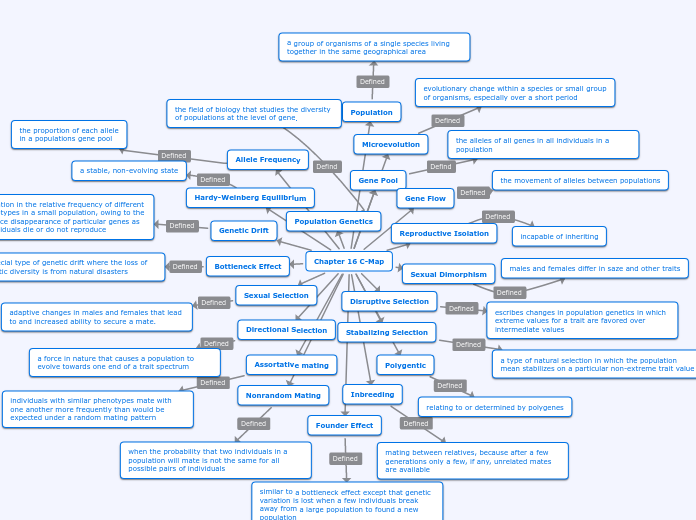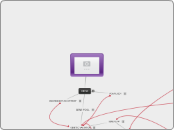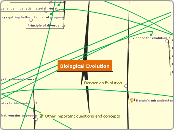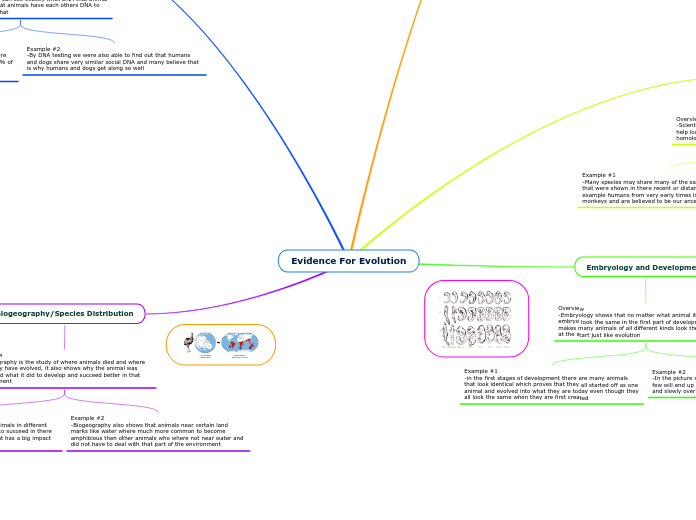Darwin's Theory of Evolution
Selection
The process where favourable and unfavourable traits are determined that allows species to evolve and develop beneficial mutations.
Reproduction
The production of offspring - a required step for new species to be produced.
Selection of different traits which occurs naturally:
Natural Selection
Sexual Selection
Selection occurs within the species. One sex is chosen by the other to mate with and competes with members of the same sex for access to members of the opposite sex.
Selection against extremes on both ends favouring the average trait:
Stabilizing Selection
Selection against average traits favouring extremes on either end:
Disruptive Selection
Selection against one extreme favouring another extreme:
Directional Selection
Humans choose which traits are favourable and unfavourable:
Artificial Selection
Ex. Dog breeding
Genes
Carries information that determines certain traits. Through reproduction, genetic information are passed on to offspring.
Alteration of genes:
Mutations
During natural selection, beneficial mutations will make reproduction easier so they will be passed on to later generations more.
Vestigial Features
Components of species no longer serve a purpose due to mutations making their function outdated. Serves as evidence of evolution.
Speciation
The evolutionary process that allows species to evolve into distinct species.
Models of speciation:
Sympatric Speciation
Two populations in the same location evolve differently preventing interbreeding and leading to new species.
Allopatric Speciation
Two populations become geographically isolated leading to new species.
Evolutionary change without selection:
Bottleneck Effect
A chance event causing large population reduction.
Founder Effect
A few individuals of a similar allele frequency from a population act as colonizers creating a new population.
Biological Species
A group of organisms which can breed and produce fertile offspring with only each other
Reproductive Isolation
Mechanisms that prevent different species from mating and producing fertile offspring.
Isolation occurring after the formation of a zygote:
Postzygotic Isolation
Hybrid Infertility
Hybrids are able to live to adulthood but are sterile.
Examples:
Mule
Liger
Hybrid Inviability
Hybrids die off early in development.
Zygote Mortality
Zygotes do not develop to maturity.
Isolation occurring before the formation of a zygote:
Prezygotic Isolation
Gamete Isolation
Sperm and egg of different species aren't able to correctly interact with each other to reproduce.
Mechanical Isolation
Species are unable to mate because their reproductive systems are incompatible.
Behavior Isolation
Species are unable to breed due to having different mating rituals.
Temporal Isolation
Species are unable to breed due to having different breeding seasons.
Habitat Isolation
Similar species are unable to breed because they've adapted to different habitats.
Ecological Isolation
Species are unable to breed due to geographic isolation.
Patterns in Evolution
Adaptive Radiation
Many species developing from a single ancestor due to access to different environments with different pressures:
Biogeography
The study of the distribution of species in certain geographic locations.
An example of biogeography and adaptive radiation:
Galapagos Islands
Houses multiple islands with different pressures which were accessible by the finches. Darwin observed how from a single ancestor, finches were able to evolve into several different species whose traits were developed based on each of the island's certain pressures.
Observed during:
Voyage of the Beagle
Different species evolving as a response to each other:
Co-evolution
Can be caused by symbiotic relationships where:
One organism benefits, the other isn't affected:
Commensalism
One organism benefits, the other receives a negative effect:
Antagonism
Both organisms benefit:
Mutualism
Geographically isolated organism develop similar phenotypes based on similar pressures:
Convergent Evolution
Analogous Features
The different organisms develop Analogous features - similar features which serve a similar purpose across different species.
Different organisms in a same group develop differently leading to new species:
Divergent Evolution
These organisms develop:
Homologous Features
Common ancestors develop features that are similarly structured but functionally different.
Notable Figures
Developed our modern theory for evolution:
Charles Darwin
Acted as Darwin's correspondent for geology:
Charles Lyell
Fossil Record
Geology and the Fossil Record contributed to Darwin's understanding of evolution and the origin of species
Developed a theory of evolution involving a constant growth pattern from simple --> complex:
Jean Lamarck
Economist who also studied population growth:
Thomas Malthus
His work helped Darwin understand population growth and applied this knowledge to different species


![Justin Proffitt [STUDENT] Justin Proffitt [STUDENT]](https://cdn1.mindomo.com/resources/img/about/mindomo-logo.png)






